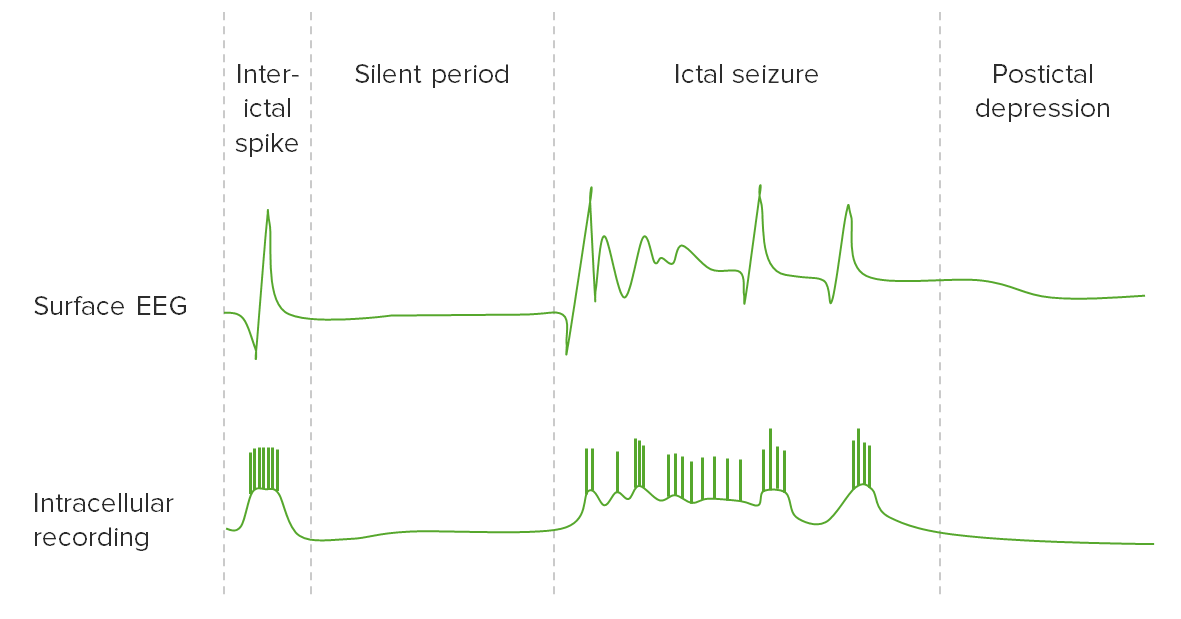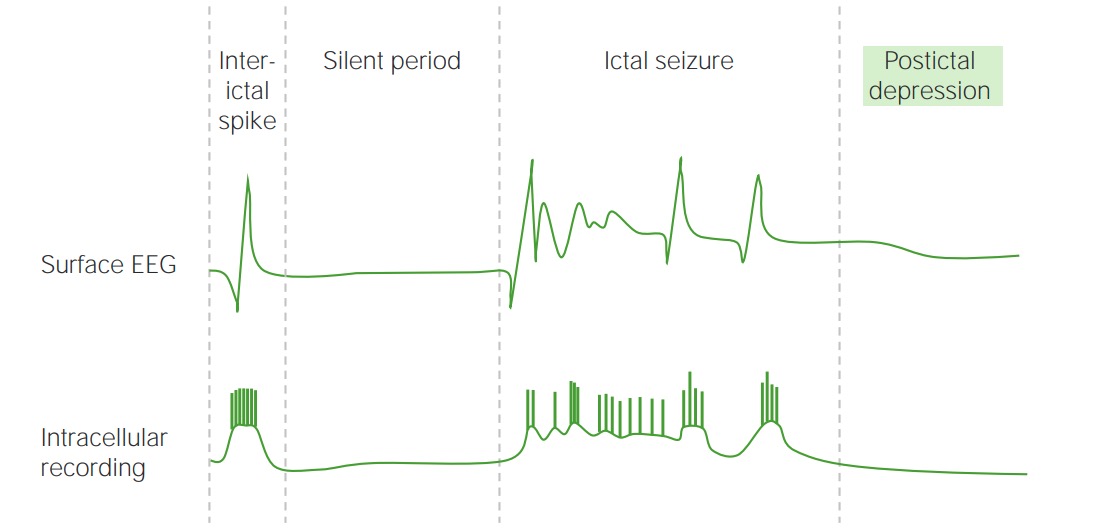Playlist
Show Playlist
Hide Playlist
Evaluation of Seizure-like Episodes
-
Slides Seizures Epilepsy Approach to a New Spell.pdf
-
Download Lecture Overview
00:01 So how do we evaluate the seizure like episode? What are the things we're looking at? We've taken a history we've done a physical exam, we may favour a certain diagnosis over another, what are the diagnostic tests that we would perform? This really depends on the differential diagnosis. 00:17 The history drives diagnostic investigation, there are certain things that we'll do for all patients. 00:22 But if we favour a seizure, syncope, or psychogenic non-epileptic diagnosis, we may tailor our diagnostic investigation. 00:30 For a nondescript spell, we will typically think about doing a CBC and a CMP to evaluate electrolytes, glucose and look for other potential exacerbating or provoking features. 00:40 Your analysis and urine drug screen can also interrogate for underlying urinary tract infection or drug abuse that could precipitate a seizure, and then look at blood sugar and blood pressure again, looking for potential syncopal events or sinkable triggers as well as blood sugar triggering a seizure. 01:02 When we're evaluating seizures, we typically would perform a head CT without contrast in the emergency department looking for underlying intracranial haemorrhage or increased ICP. 01:11 And then usually that's followed by an MRI with and without contrast, and electroencephalography to evaluate for the patient's risk of a second seizure when we're evaluating a first time seizure or look for potential abnormalities that would make a seizure or an epilepsy diagnosis. 01:27 If syncope is favoured, we would consider orthostatic blood pressure and heart rates in the emergency department or clinic. 01:33 Typically, EKG and transthoracic echocardiogram would be performed to look for potential causes of syncope. 01:41 And the evaluation for psychogenic non-epileptic spells is quite variable and depends on the situation for the patient and the differential diagnosis. 01:48 Ultimately, this is a clinical diagnosis and often a diagnosis of exclusion after these other conditions are evaluated. 01:57 So in summary, when we're evaluating a patient with a seizure like spell, we think about seizures syncope, TIA, as well as two other conditions, transient global amnesia and migraine. 02:09 I've included two tables that walk through these five differential diagnoses and talk about some of the different features whether aura is present, the posture of the patient, how they begin, what the onset is duration, movements during the event, whether incontinence is present, the EG findings, association with trauma and how the event ends and what happens immediately after. 02:32 I'll leave these for you to reference in evaluating patients and vignettes for a seizure like spell.
About the Lecture
The lecture Evaluation of Seizure-like Episodes by Roy Strowd, MD is from the course Seizures and Epilepsy.
Included Quiz Questions
Which statement is the most accurate with respect to the evaluation of seizure-like episodes?
- Determination of orthostatic blood pressure is an important test for a syncope workup.
- All evaluations should be standardized and include the same diagnostic tests.
- All patients with presumed syncope should undergo an MRI of the head.
- CT-head is the first test to evaluate a spell.
- Blood work should always be ordered after advanced imaging has been completed.
Customer reviews
5,0 of 5 stars
| 5 Stars |
|
5 |
| 4 Stars |
|
0 |
| 3 Stars |
|
0 |
| 2 Stars |
|
0 |
| 1 Star |
|
0 |





